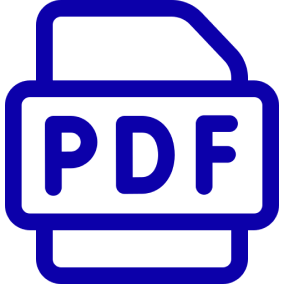
FLEXIBLE COMPANY REPORTING IN XBRL
Enhance your Company’s Financial Reporting process to deliver 100% Compliant Reports
Digital Reporting
Annual Financial Reports and Tax Returns are undergoing a Digital Transformation. This is not simply printing a report in an electronic format, such as PDF, but a much more fundamental change to the way the information is accessed and consumed.
Behind many of the digital transformation projects is the use of the XBRL format. PDF documents, although electronic, are read just like the paper version, however, XBRL has the advantage that it links key information in the reports, such as numbers in the primary financial statements, financial disclosure notes and footnotes, to a common dictionary. This allows the data to be extracted, explored and compared with the same data from other company reports.
Inline XBRL: The best of both worlds
Inline XBRL (or ‘iXBRL’) is the format that is often chosen for annual accounts as it embeds the XBRL ‘tags’ in an HTML document. HTML is the format of the web and any browser can display such content so that it can be read easily.
It also enables a more interactive presentation of the content than say PDF. Add to that validation of the content by applying know rules to ensure it is accurate and consistent and you begin to see why XBRL has been widely implemented.
Further information on our ESEF solution and the emerging ESG standards
European Single Electronic Format (ESEF)
Environmental, Social and Governenace (ESG)
So Who Uses XBRL?
Some key examples of European reporting frameworks that use XBRL:
- European Single Electronic Format (ESEF)
- UK HMRC.
- Revenue Commissioners of Ireland
- Italian Chambers of Commerce
- Dutch SBR
- Belgian Ministry of Finance
Worldwide, XBRL is used by the US SEC and many other countries. In fact, according to XBRL International, the not-for-profit, XBRL standards body, there are over 175 projects underway worldwide.
Let’s discuss your specific project !
Contact us and we will explain why governments, market regulators, and major financial software companies use UBPartner’s XBRL technology!
XBRL Reporting Challenge
For many companies, XBRL is an unfamiliar technology that requires new systems to produce the new output and the requirements of consistency and accuracy of the final report are far more demanding.
However, XBRL can help companies produce better reports, which can be automatically checked to see if they include all the mandatory elements, that information used in different parts of the report is consistent, and that numeric information is accurate and properly defined. The key to gaining the benefits of XBRL reporting is in selecting the right set of tools for you.
UBPartner Making XBRL Simple
Based on our extensive experience with XBRL reporting systems, UBPartner has built a flexible set of XBRL tools to meet the very different needs of the various users that get involved in the production of an Annual Report, Each is designed to meet the needs of each part of the XBRL Reporting workflow:
The individual XBRL tools, such as:
- Extension Taxonomy Generation
- Conversion of Excel, Word and other formats to iXBRL or XBRL
- Advanced iXBRL Viewer
- Report package validation
These can be implemented standalone, as part of an integrated suite, or accessed via the XT Cloud Service that is fully managed by UBPartner.
Do you want more information on our technology?
XBRL and iXBRL Validation Services
XBRL Toolkit (XT) - Conversion, Rendering and Validation
XT Cloud Service - Fully Managed (SaaS)

